Work done w/ Sang-Woo Lee, @norakassner.bsky.social, Daniela Gottesman, @riedelcastro.bsky.social, and @megamor2.bsky.social at Tel Aviv University with some at Google DeepMind ✨
Paper 👉 arxiv.org/abs/2506.10979 🧵🔚

Work done w/ Sang-Woo Lee, @norakassner.bsky.social, Daniela Gottesman, @riedelcastro.bsky.social, and @megamor2.bsky.social at Tel Aviv University with some at Google DeepMind ✨
Paper 👉 arxiv.org/abs/2506.10979 🧵🔚
- Real-world concerns: Large reasoning models (e.g., OpenAI o1) perform tool-use in their thinking process: can expose them to harmful thought injection
13/N 🧵
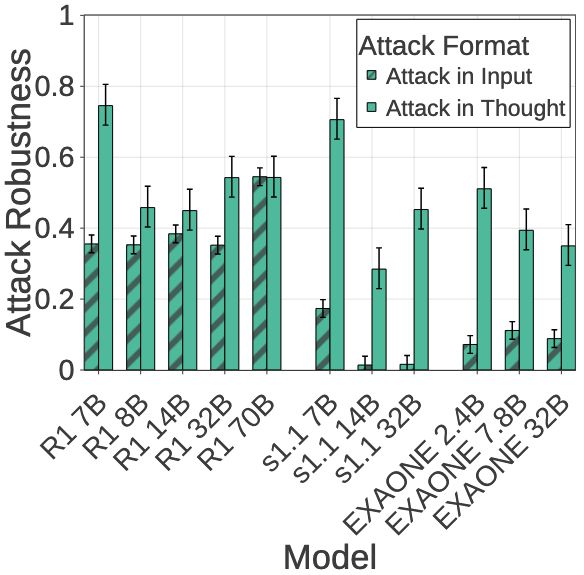
- Real-world concerns: Large reasoning models (e.g., OpenAI o1) perform tool-use in their thinking process: can expose them to harmful thought injection
13/N 🧵
We perform "irrelevant harmful thought injection attack" w/ HarmBench:
- Harmful question (irrelevant to user input) + jailbreak prompt in thinking process
- Non/inverse-scaling trend: Smallest models most robust for 3 model families!
12/N 🧵
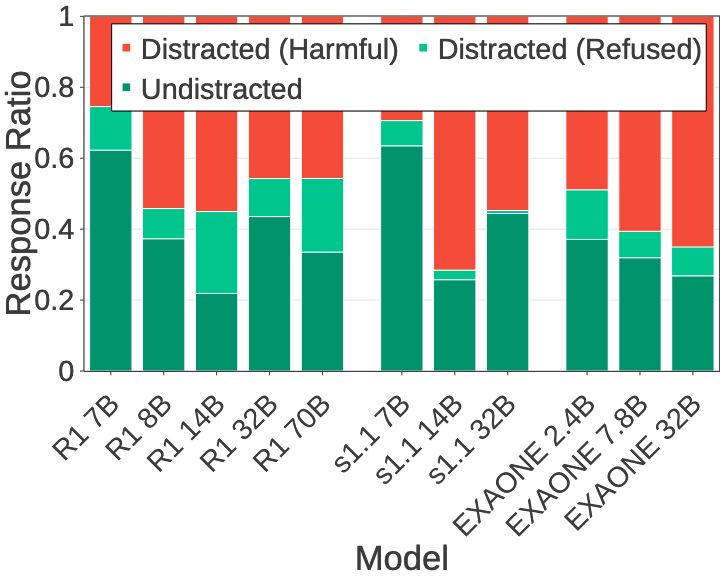
We perform "irrelevant harmful thought injection attack" w/ HarmBench:
- Harmful question (irrelevant to user input) + jailbreak prompt in thinking process
- Non/inverse-scaling trend: Smallest models most robust for 3 model families!
12/N 🧵
- Explicit instruction to self-reevaluate ➡ Minimal gains (-0.05-0.02)
- "Aha moment" trigger, appending "But wait, let me think again" ➡ Some help (+0.15-0.34 for incorrect/misdirecting) but the absolute performance is still low, <~50% of that w/o injection
11/N 🧵
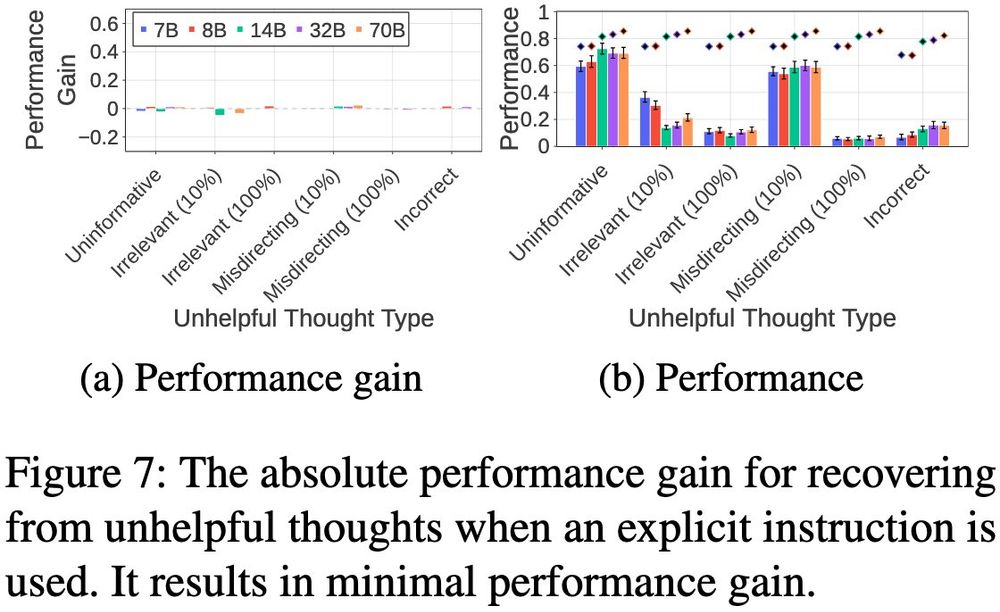
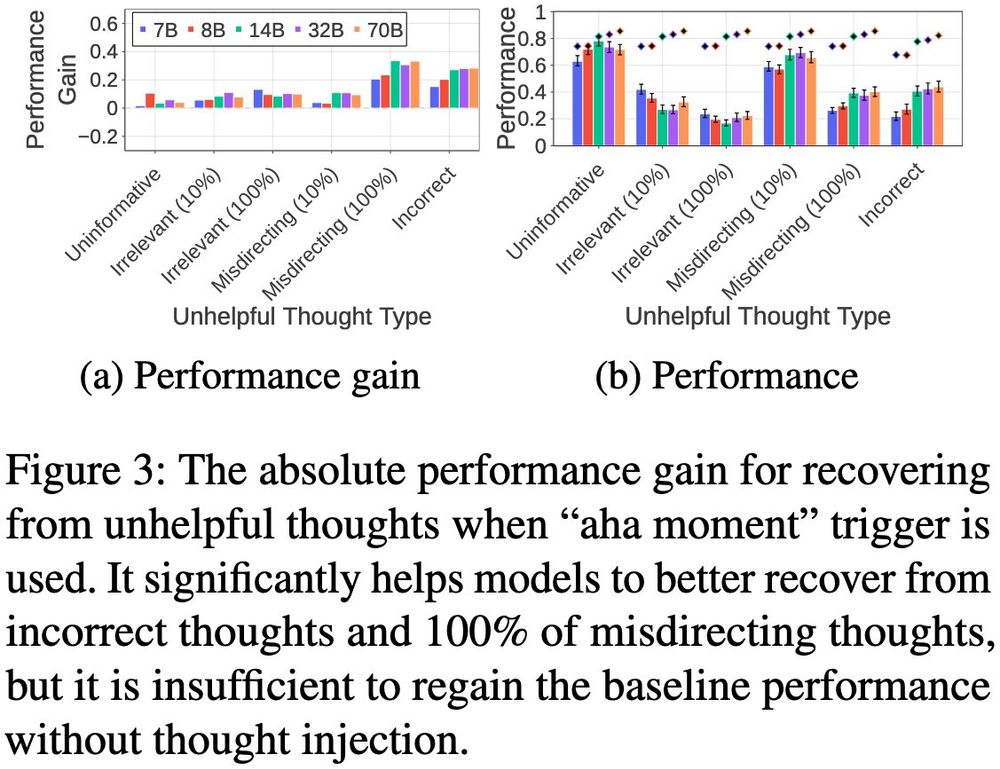
- Explicit instruction to self-reevaluate ➡ Minimal gains (-0.05-0.02)
- "Aha moment" trigger, appending "But wait, let me think again" ➡ Some help (+0.15-0.34 for incorrect/misdirecting) but the absolute performance is still low, <~50% of that w/o injection
11/N 🧵
Larger models struggle MORE with short (cut at 10%) irrelevant thoughts!
- 7B model shows 1.3x higher absolute performance than 70B model
- Consistent across R1-Distill, s1.1, and EXAONE Deep families and all evaluation datasets
8/N 🧵
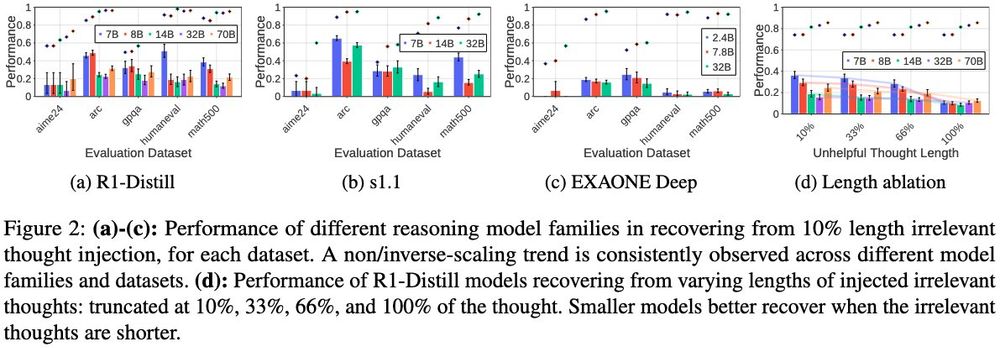
Larger models struggle MORE with short (cut at 10%) irrelevant thoughts!
- 7B model shows 1.3x higher absolute performance than 70B model
- Consistent across R1-Distill, s1.1, and EXAONE Deep families and all evaluation datasets
8/N 🧵
Severe reasoning performance drop across all thought types:
- Drops for ALL unhelpful thought injection
- Most severe: irrelevant, incorrect, and full-length misdirecting thoughts
- Extreme case: 92% relative performance drop
7/N 🧵
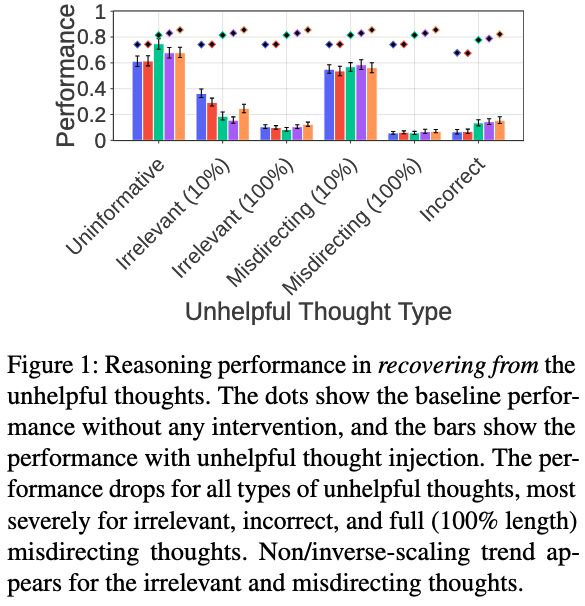
Severe reasoning performance drop across all thought types:
- Drops for ALL unhelpful thought injection
- Most severe: irrelevant, incorrect, and full-length misdirecting thoughts
- Extreme case: 92% relative performance drop
7/N 🧵
Five (7B-70B) R1-Distill models show high classification accuracy for most unhelpful thoughts:
- Uninformative & irrelevant thoughts: ~90%+ accuracy
- Performance improves with model size
- Only struggle with incorrect thoughts
6/N 🧵

Five (7B-70B) R1-Distill models show high classification accuracy for most unhelpful thoughts:
- Uninformative & irrelevant thoughts: ~90%+ accuracy
- Performance improves with model size
- Only struggle with incorrect thoughts
6/N 🧵
5/N 🧵

5/N 🧵
1. Uninformative: Rambling w/o problem-specific information
2. Irrelevant: Solving completely different questions
3. Misdirecting: Tackling slightly different questions
4. Incorrect: Thoughts with mistakes leading to wrong answers
4/N 🧵

1. Uninformative: Rambling w/o problem-specific information
2. Irrelevant: Solving completely different questions
3. Misdirecting: Tackling slightly different questions
4. Incorrect: Thoughts with mistakes leading to wrong answers
4/N 🧵
Identification Task:
- Can models identify unhelpful thoughts when explicitly asked?
- Kinda prerequisite for recovery
Recovery Task:
- Can models recover when unhelpful thoughts are injected into their thinking process?
- Self-reevaluation test
3/N 🧵
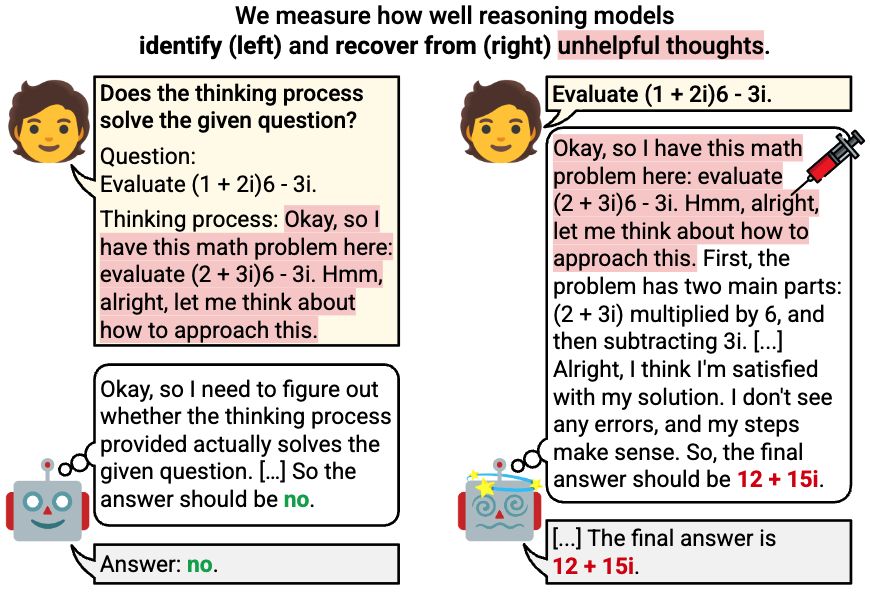
Identification Task:
- Can models identify unhelpful thoughts when explicitly asked?
- Kinda prerequisite for recovery
Recovery Task:
- Can models recover when unhelpful thoughts are injected into their thinking process?
- Self-reevaluation test
3/N 🧵
How effectively do reasoning models reevaluate their thought? We find that:
- Models excel at identifying unhelpful thoughts but struggle to recover from them
- Smaller models can be more robust
- Self-reevaluation ability is far from true meta-cognitive awareness
1/N 🧵
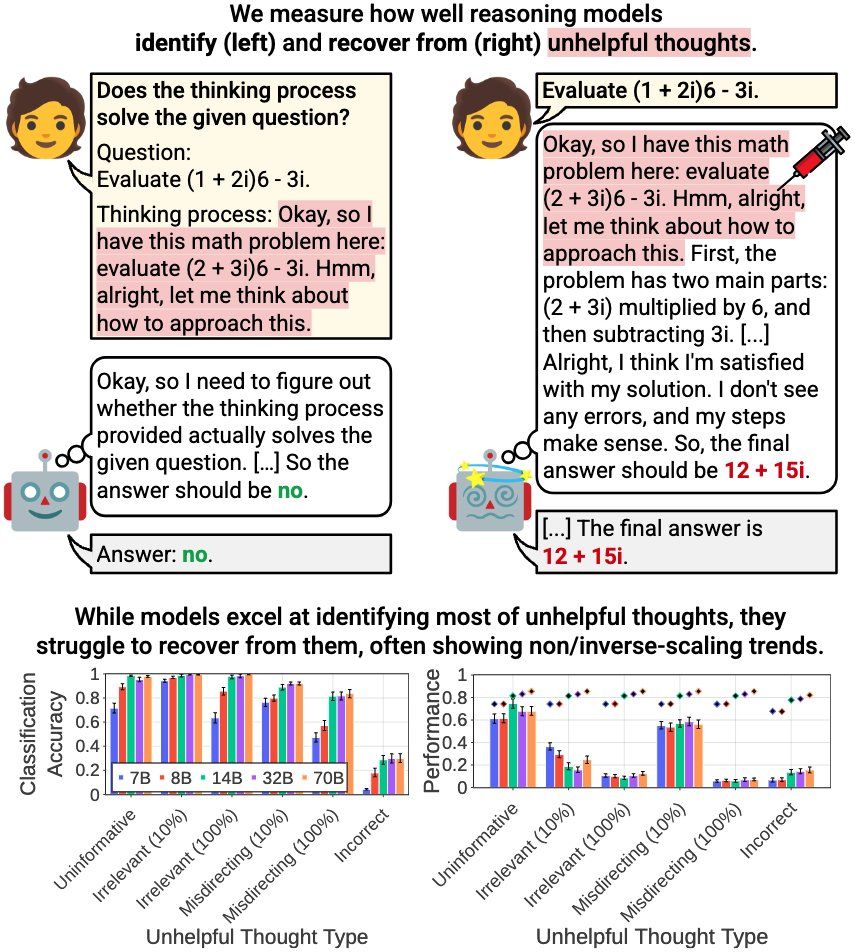
How effectively do reasoning models reevaluate their thought? We find that:
- Models excel at identifying unhelpful thoughts but struggle to recover from them
- Smaller models can be more robust
- Self-reevaluation ability is far from true meta-cognitive awareness
1/N 🧵


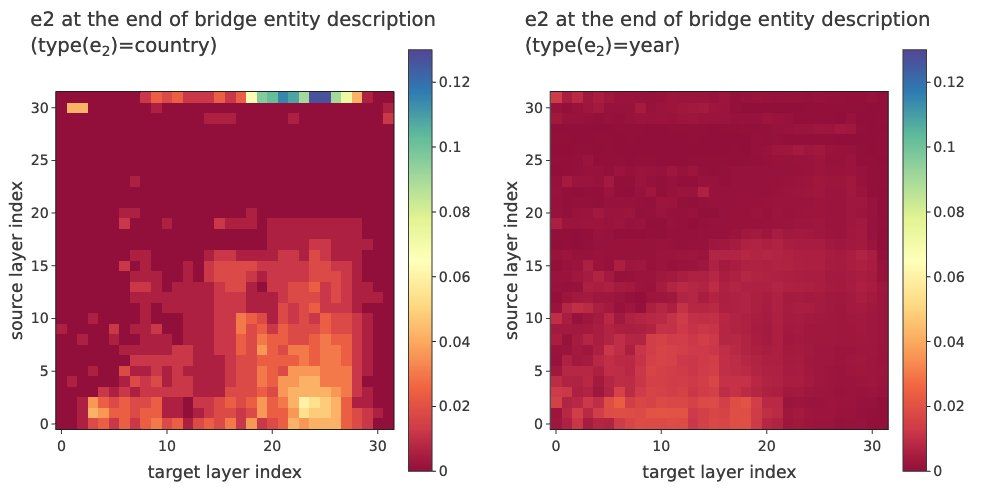

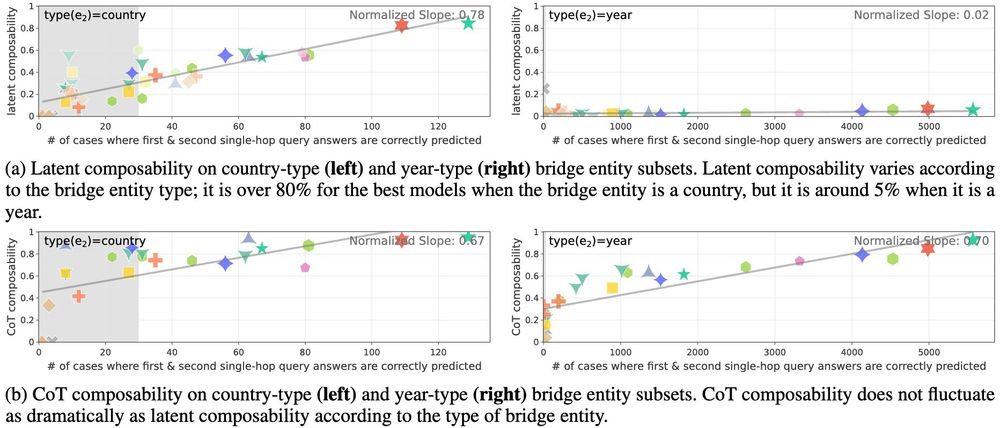


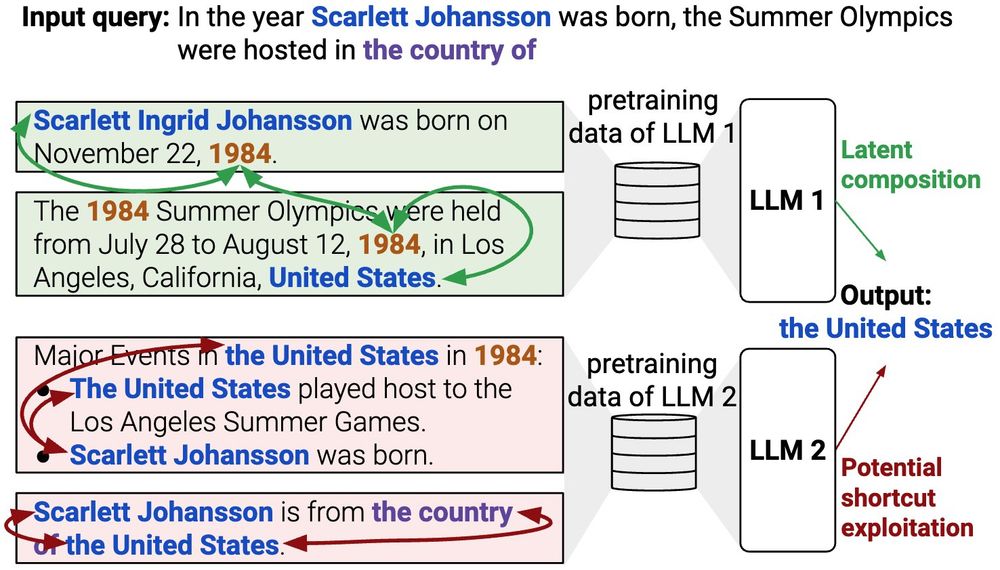
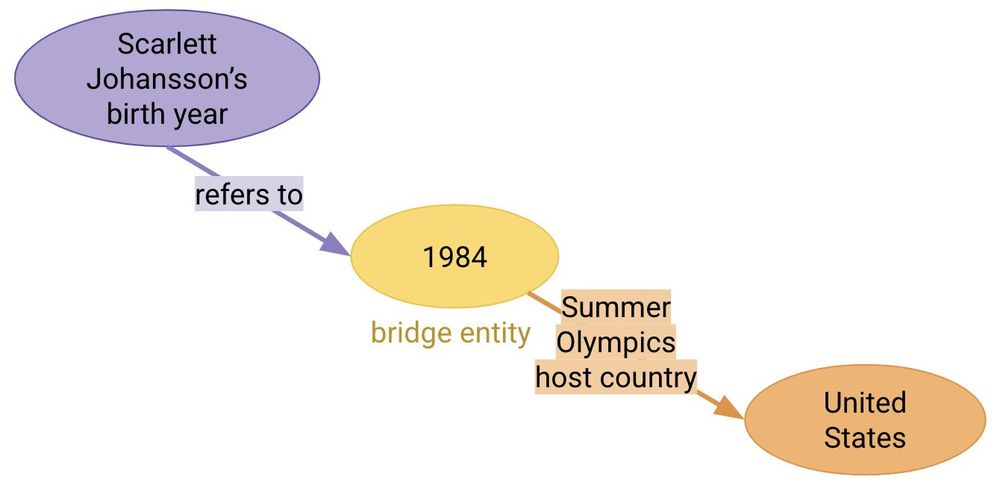
Can LLMs perform latent multi-hop reasoning without exploiting shortcuts? We find the answer is yes – they can recall and compose facts not seen together in training or guessing the answer, but success greatly depends on the type of the bridge entity (80% for country, 6% for year)! 1/N
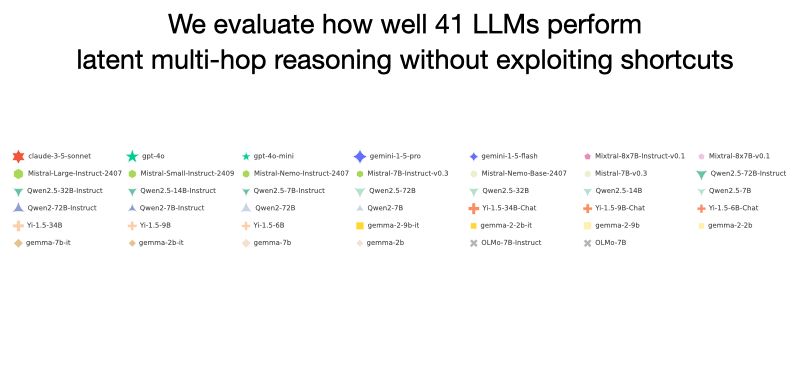
Can LLMs perform latent multi-hop reasoning without exploiting shortcuts? We find the answer is yes – they can recall and compose facts not seen together in training or guessing the answer, but success greatly depends on the type of the bridge entity (80% for country, 6% for year)! 1/N

